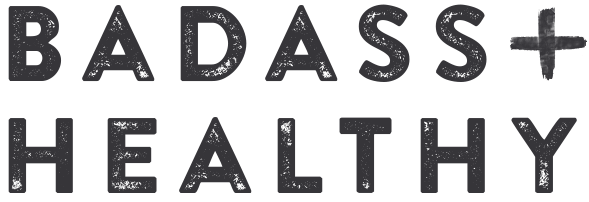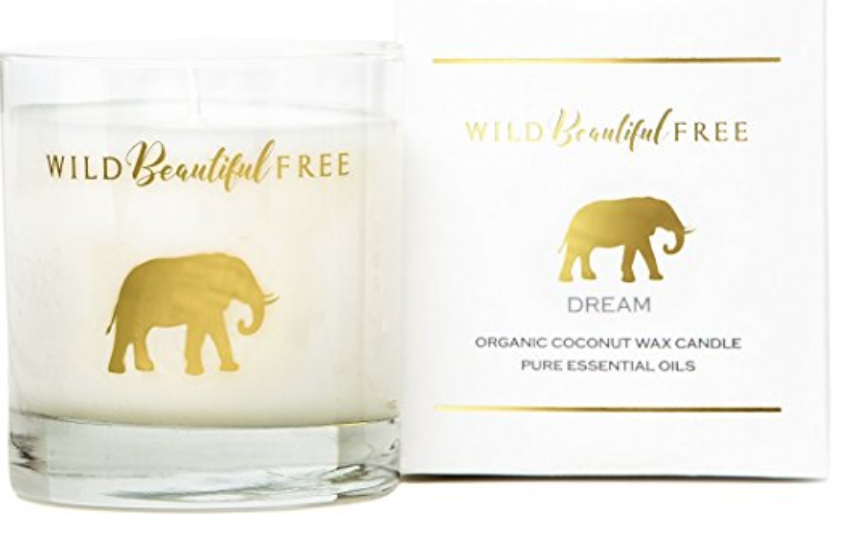Photo courtesy of Wax Candle Bar
Did you know that candles can add toxins to your home and also the environment outside of your home? How "clean" your candle is has to do with three things: the wax, the wick and the fragrance. Find out what to look for when selecting the healthiest candle for your spaces!
But first...what makes candles toxic?
Many candles are made with paraffin wax, which is a petroleum byproduct, and fragrances that contain phthalates, a group of chemicals that have been linked to liver, kidney, lungs and reproductive system damage in animal studies. "Paraffin releases toxins, specifically toluene and benzene—the same carcinogens that are released when diesel fuel is burned—when it burns," explains Teri Xerogeanes, founder of Wax Candle Bar, an eco-friendly candle company (they even have refillable candle DIY kits!). "Phthalates are used in a lot of beauty products and household products. In candles, they're used to increase the longevity of the aroma."
What damage can one little candle really do to the environment outside of your walls?
Xerogeanes explains, "Soot is the black stuff that you find on the sides of your candle container and it's the black smoke you see when your candle wick is too high. It's essentially the same thing as diesel exhaust. How much damage can one candle do is a matter of perspective... Think of one plastic water bottle. What harm can it do to our environment? Then think of the millions of plastic water bottles floating around in the Pacific Ocean. It's the same for candles. One does no harm, but millions can do a lot of harm." Point taken.
Wax Candle Bar candles in pretty, reusable containers.
What should you look for to find the healthiest candle for your home?
Wax: 100% beeswax is best. 100% coconut or soy wax ARE second best.
Beeswax burns with hardly any smoke and actually cleans the air while it does! Hypoallergenic, it is great for people with allergies. "It cleans the air by releasing negative ions, which bind with toxins in the air, and help remove them," Xerogeanes says. "Coconut wax is a natural wax, unlike paraffin, and can hold a higher concentration of fragrance, so it has a better hot and cold throw." (Meaning, its aroma reaches farther both when it's burning and when it's just sitting there looking pretty on your coffee table.) And soy also is cleaner burning than paraffin.
Just make sure the beeswax, soy or coconut wax candle you are buying isn't blended with paraffin. Sometimes it'll say "soy wax" on the label, for instance, but it's really a hybrid...oh those sneaky marketers!
Wick: 100% cotton wick
"Stay away from wicks with metal fillings. Wicks with metal cores, when burned, can emit lead into the air," Xerogeanes explains.
Fragrance: 100% Pure essential oils
Or, if fragrance isn't your thing and you're just burning candles for ambiance, then choose fragrance-free!
Here are a few more healthy, eco-friendly candles that I love!
- Wild Beautiful Free Organic Coconut Wax Candle with Pure Essential Oils comes in three lovely scents (lavender and vanilla, berry and spice, and citrus and floral). Bonus: 10% of sales go to lion, gorilla and elephant rescue sanctuaries.
- Surf's Up Coconut Lime All Natural Soy Candle comes in a 16-oz. reusable mason jar and looks rustic-chic.
- Bluecorn Beeswax Candle is as natural as it gets. This is a great option for those who have allergies or simply want to burn candles for ambiance, as there is no added scent.
An alternative to burning candles? An aromatherapy diffuser! Find out more here: Aromatherapy 101: How to Use Essential Oils Daily.





